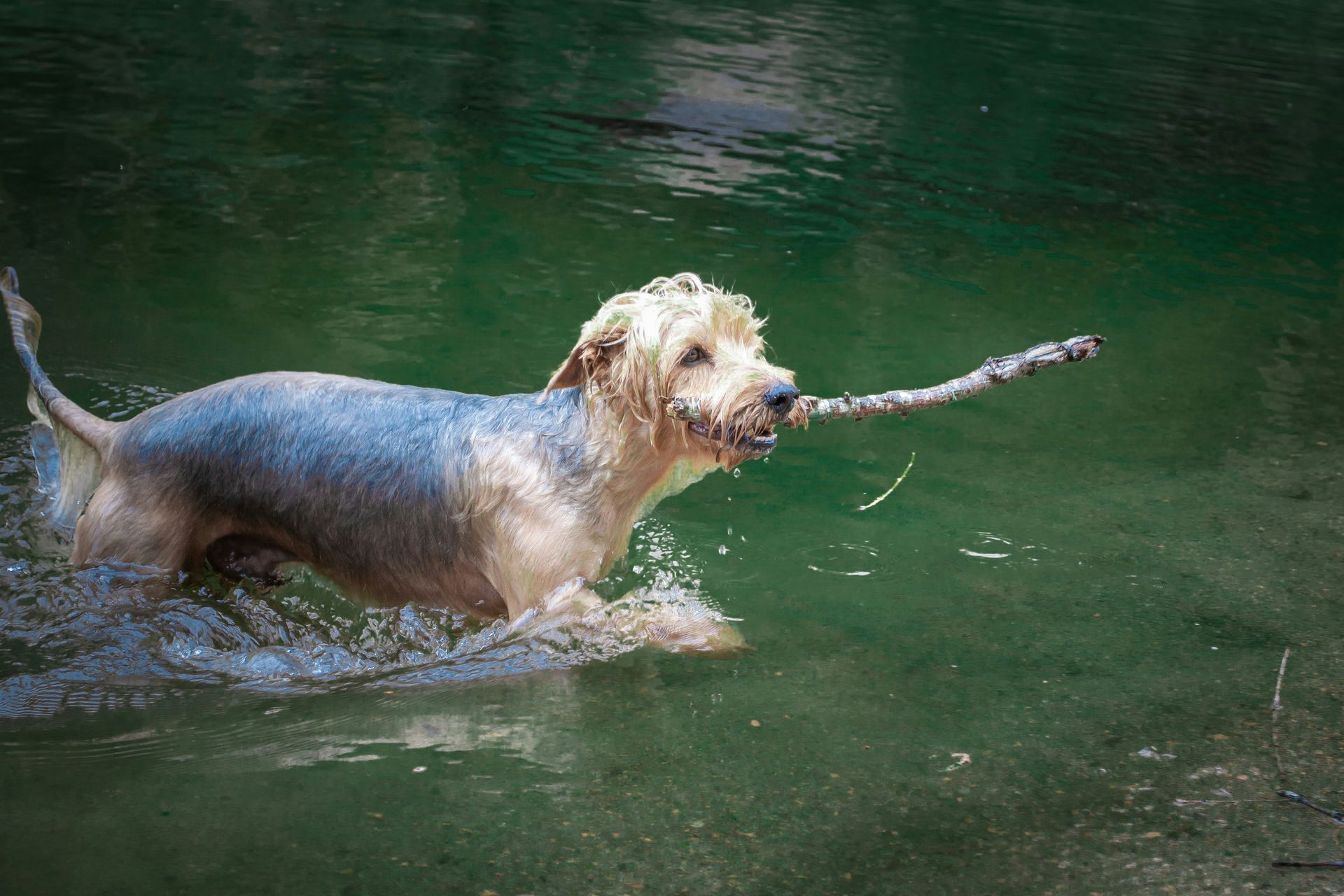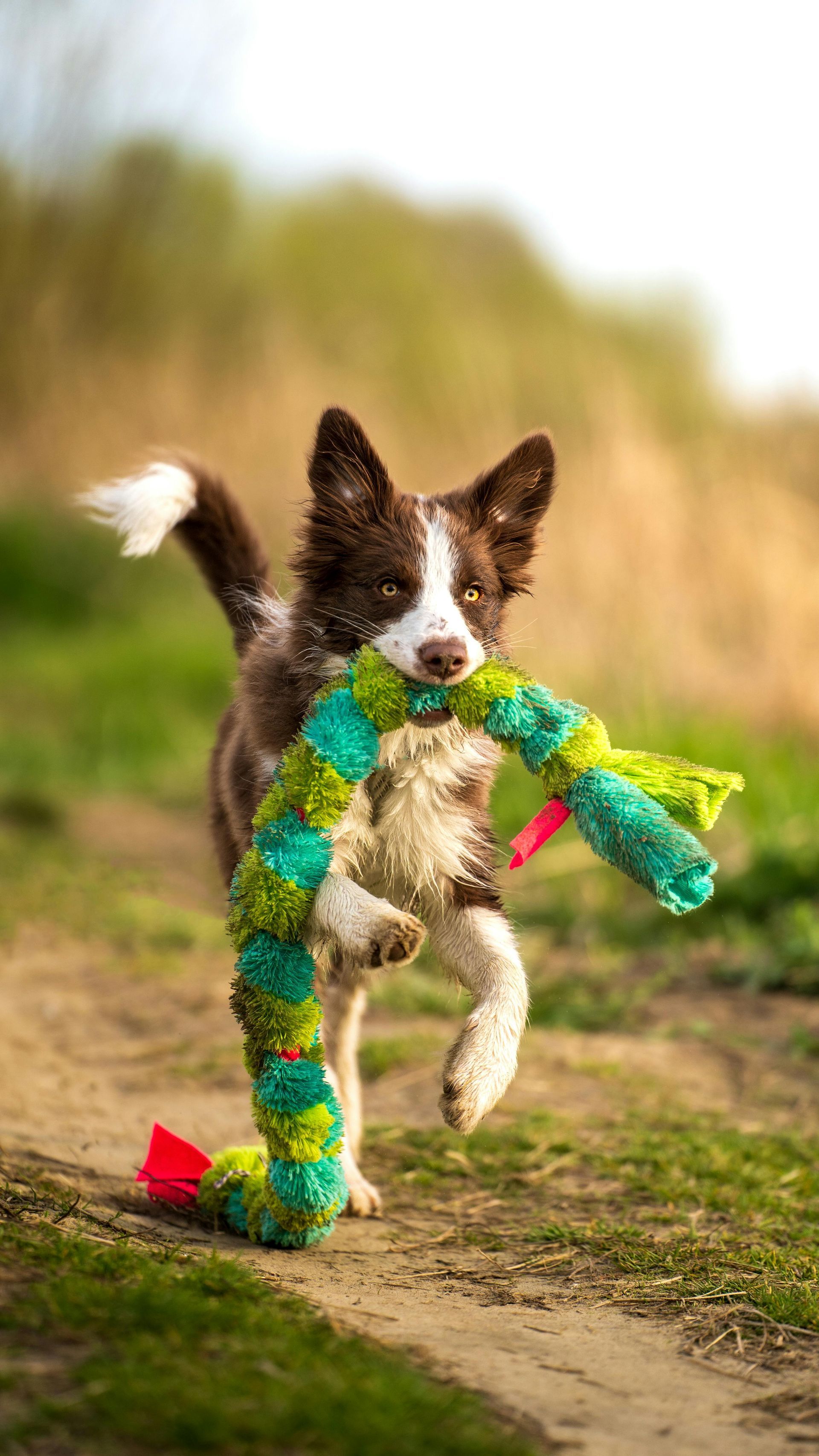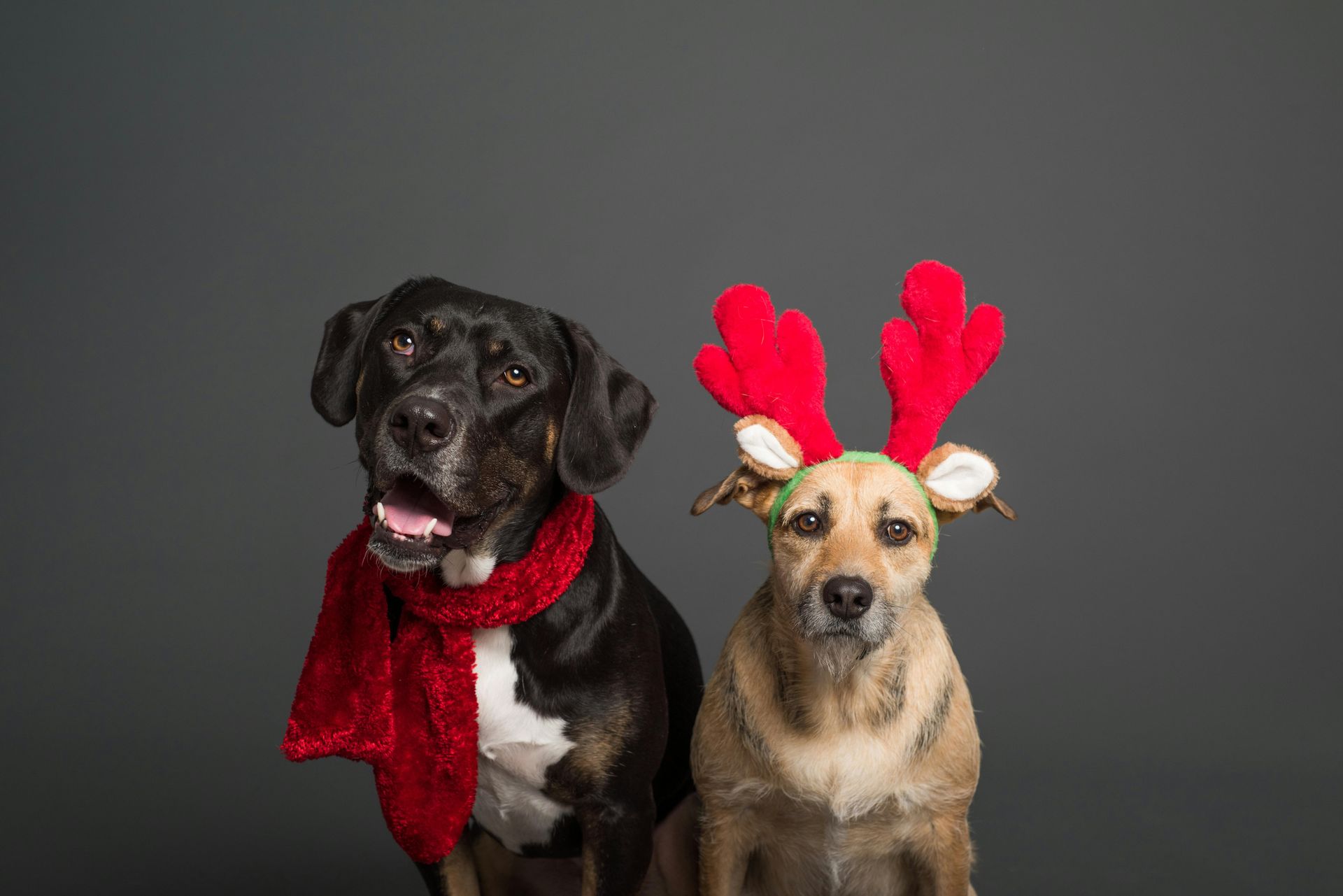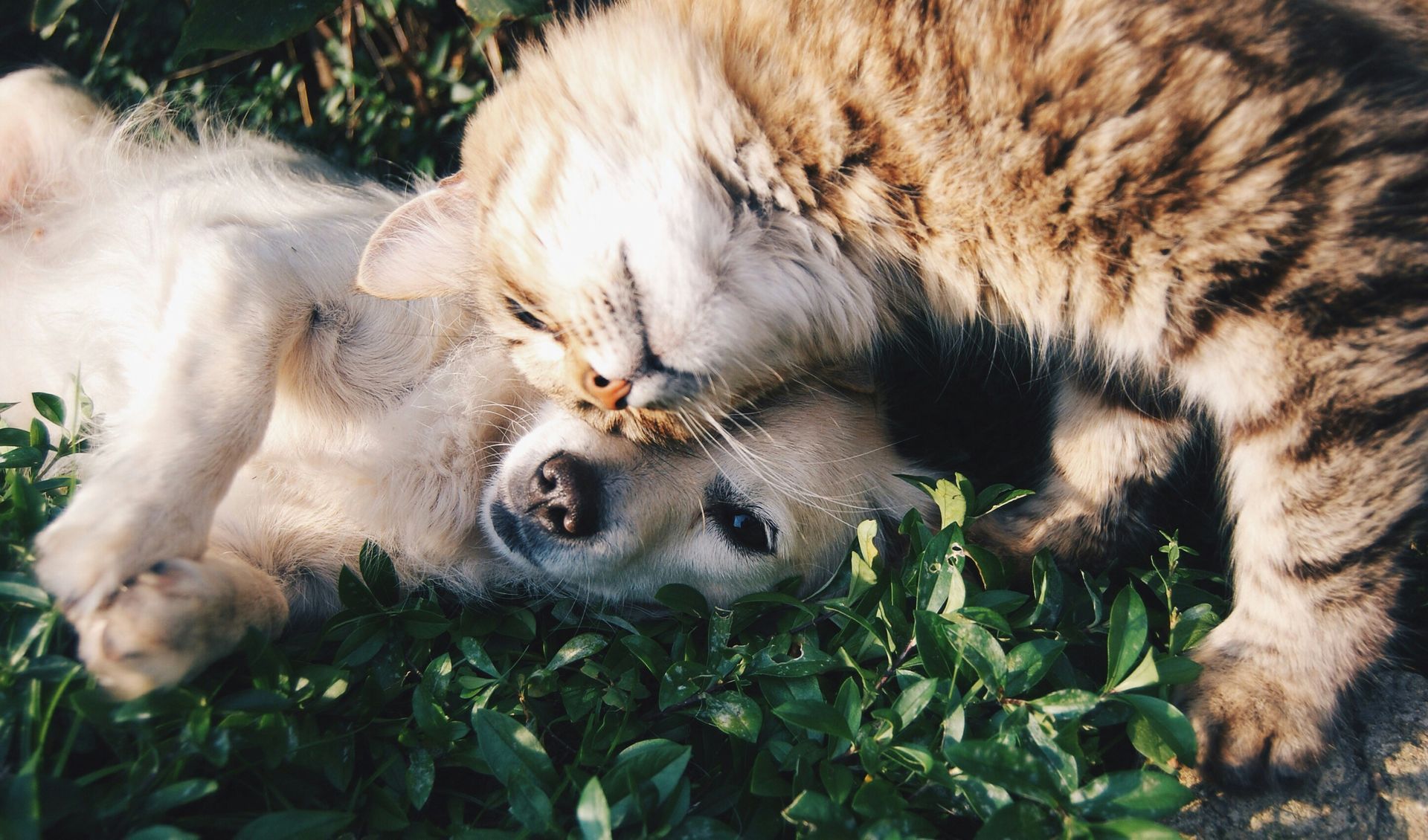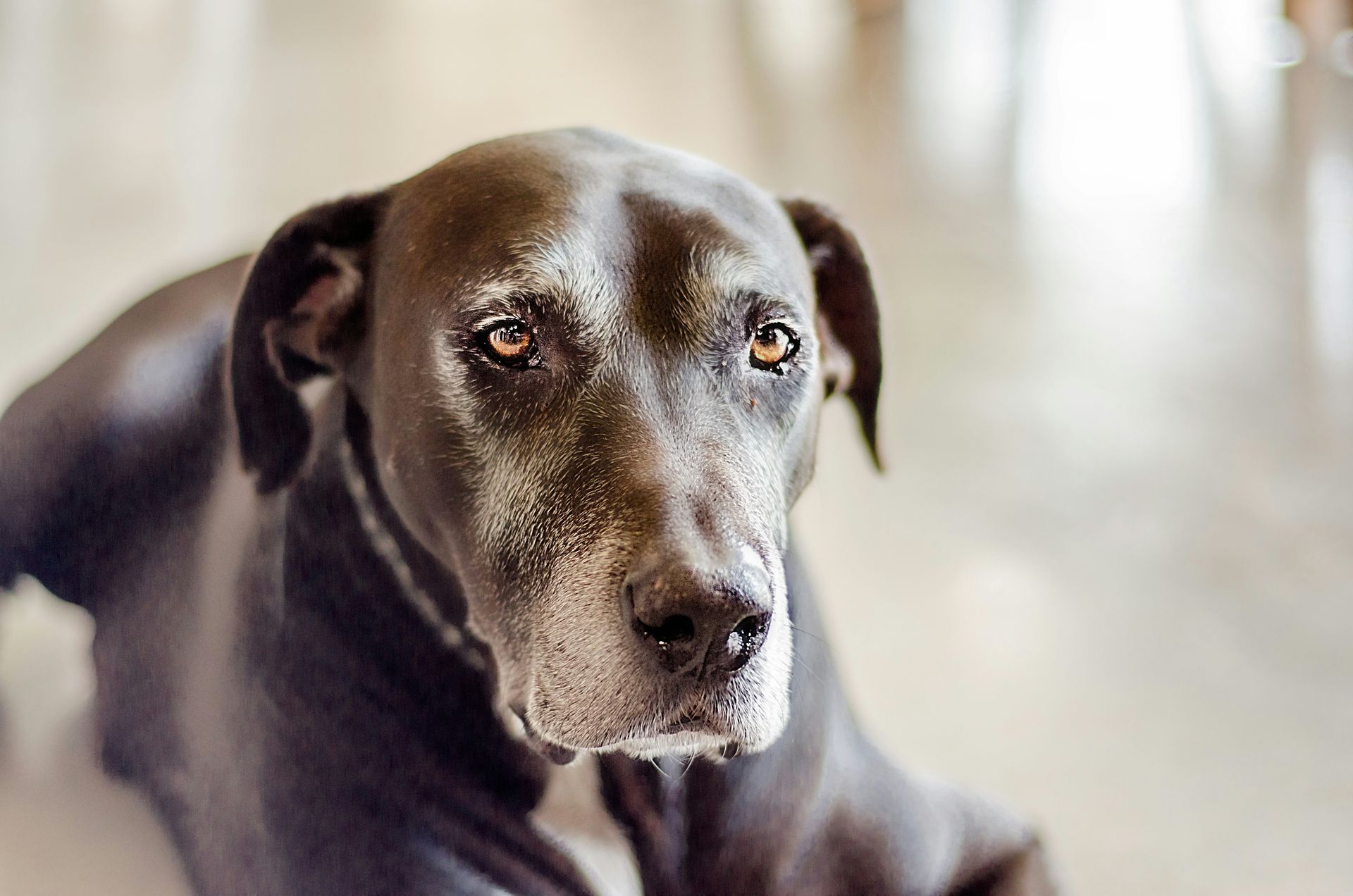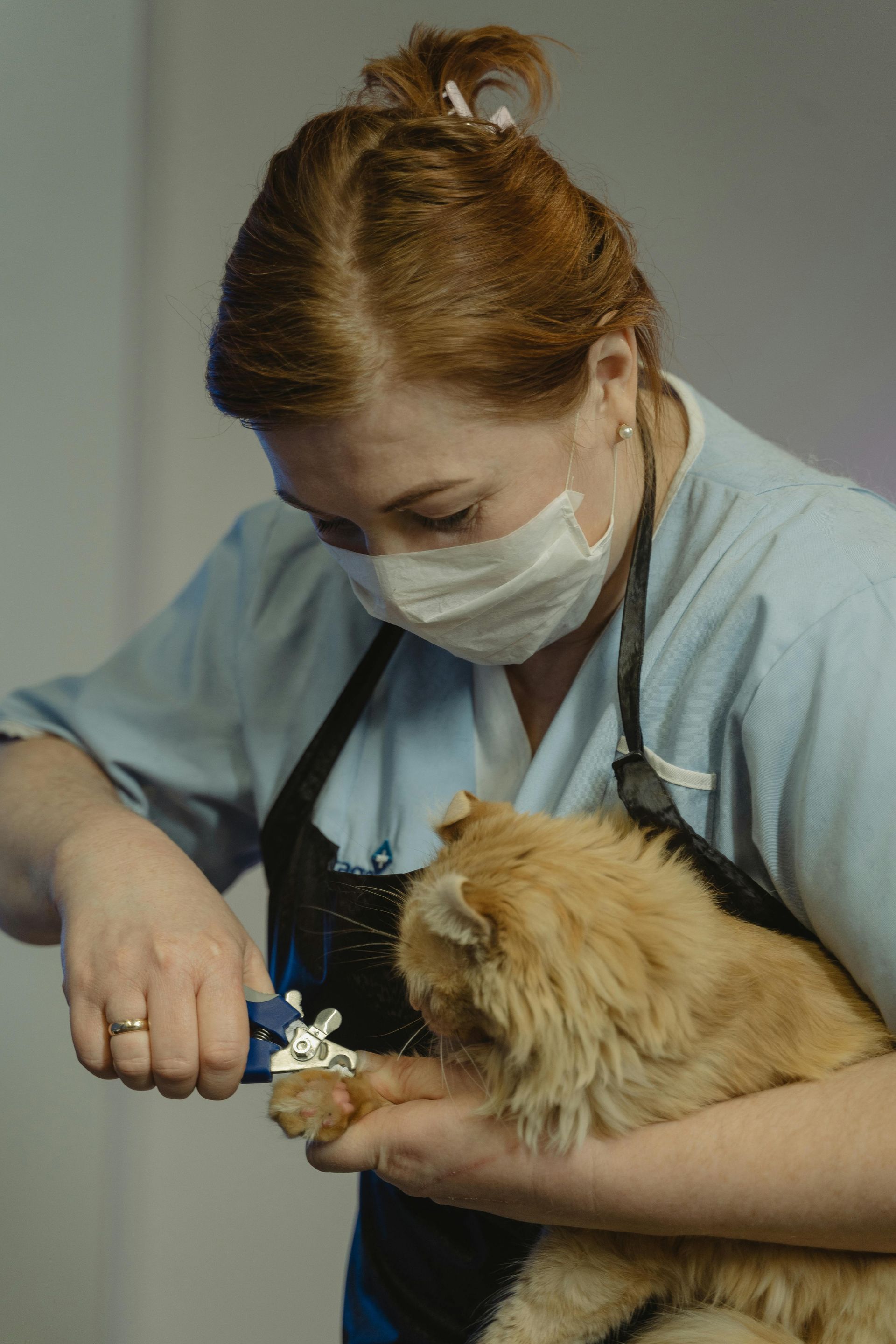Tips For Going on Winter Walks
Even in winter weather, it is important to get your dog outside and moving if you have the ability to do so. Taking walks in the winter can affect your pup differently than in milder temperatures and weather, so here are a few things to keep in mind for your winter strolls.
Minimize time outside
While it is important to get your walk in, you may want to cut down the time you spend outside dependent on the freezing temperatures. Instead, opt for multiple walks that are short but sweet, instead of prolonged exposure to the cold.
Moisturize paws
Winter dryness has its effects on all of us, including your pup. Dog’s paws can get dried out in cold weather, especially when they are frequently going outside or on walks. Dry paws can lead to roughness and cracks, and in worse cases can even split. Coconut oil is an effective and safe option for hydrating the pads of paws. It is non-toxic and is also filled with healthy fats and vitamins if your dog decides to lick it right off their paws.
Watch your dog’s actions
When dogs have reached their limit in the snow or cold, they will do their best to let you know. This can absolutely vary depending on your dog, but may include barking/whining, pulling back towards your house, shivering, or lifting/licking their paws excessively. Be aware of these signs when you are out with them, and do not leave them alone outside for prolonged periods of time with no means of shelter.
It is important to continue to get outside and get moving with your dog during the winter months, but it is also important to do it in the safest way possible! There are many dogs with heavy coats who were built for winter weather, but many who were not. You know your dog best, so take your winter walks with these tips in mind, but always do what is best for your pup. Bundle up and enjoy!
Sources:
https://vetsoftherockies.com/education/cats-and-dogs-in-winter-common-cold-weather-pet-illnesses/
